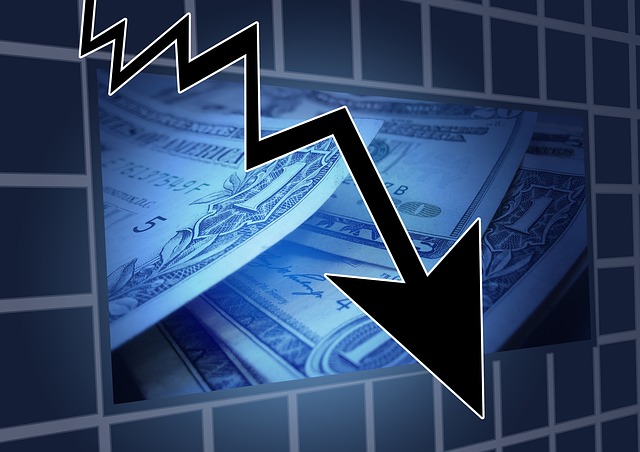Crédit Mutuel AM: Are we headed for a new financial crisis?
Crédit Mutuel AM: Are we headed for a new financial crisis?

For years, if not decades, the financial world has been wondering what the limit is when it comes to US public debt. Until now, this question was purely rhetorical, thanks to very low inflation across developed countries since 2008 and the very strong demand for US bonds from countries with budget surpluses.
The low inflation led to successive rounds of quantitative easing, which in turn ‘encouraged’ different governments to be fiscally lax. The situation that we are now witnessing in the United States applies to other countries, with France being a leading example.
Historically, public debt would rise during recessions and decline during periods of economic growth, but this relationship has ceased to exist since the early 2010s and given the lack of fiscal discipline on the part of governments. Countries were fortunate in that, despite growing deficits, there was no impact on term premiums— that is, the additional yield investors demand to compensate for long-term risk. As a result, long-term interest rates remained at very reasonable levels, keeping the burden of debt under control.
The challenge today is that we are no longer in a period of low inflation and quantitative easing. Investors have gradually started to question whether they are being adequately compensated for the risks they are taking. This has led to an increase in term premiums of around 2% between the end of 2019 and May 2025. The direct consequence of this increase is the steepening of yield curves, a trend observed for almost 24 months now.
Is this trend over? Probably not. There is still no fiscal discipline in the United States (i.e. tax reform currently under discussion) and some historical buyers are turning away from U.S. debt, driven either by political motivations (as with China) or because domestic markets are offering more attractive returns (i.e. Japan). The chart below illustrates the historical relationship between budget deficit and term premiums and shows the high probability that the latter will continue to rise. This trend could result in a continued steepening of the yield curve.
Is a financial crisis possible? Anything is possible and a poorly received 30-year bond issuance (with a very low bid-to-cover) could trigger a certain amount of panic. That being said, it is important to note that the U.S. market is far more liquid than the UK market, making it unlikely that U.S. long-term interest rates would rise by more than 200 basis points in a single month, as seen in the UK during the crisis triggered by Lizz Truss's highly expansionary 2022 budget. Nevertheless, the increase in term premiums is undeniably a potential source of market instability, and it is unlikely that traditional solutions to reduce public deficits (tax hikes, spending cuts, long-term structural reforms) will be favored by President Donald Trump.








